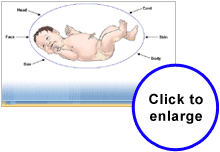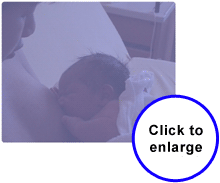MODULE 7
Healthy Birthing
e. Registering Your Baby's Birth
Before leaving the hospital, you will be asked to fill in forms to register your baby's birth. You will also be given a form to complete in order to get a Social Insurance Number for your baby.
After completing these forms, you can return them to the maternity unit at the hospital. The baby's birth certificate and Medicare card will be mailed to you.
For questions about the birth certificates or Medicare numbers, you can receive more information by contacting your local Services New Brunswick Office or call 1-888-762-8600.
c. How Your Baby Looks
New parents are often surprised by the way their baby looks. During your pregnancy, you have been thinking and dreaming about your baby.
Love does not turn on and off but grows over time. As you spend time with your baby, touching, stroking, cuddling, feeding, and just looking at the tiny hands and feet, you will slowly and surely find a lot to love.
The following exercise will help you become familiar with your baby's appearance.
b. Other Care
Childhood immunizations help prevent certain diseases. You will find more information about immunization in Module 8 entitled "Healthy Family".
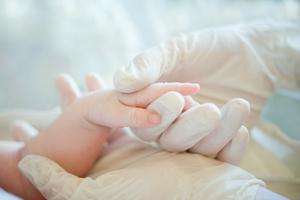
In New Brunswick your baby will be pricked on the heel and a blood sample will be taken to be tested for rare disorders that can cause health problems in babies and children. If these conditions are detected early enough, damage to your baby's development can be prevented.
If you go home early or leave the hospital before 48 hours after childbirth, your baby will still need to be tested. Before leaving the hospital, make arrangements to have the baby's blood test done.
F. EARLY CARE FOR THE BABY
During the first few days after birth, your baby is adjusting to life outside your womb. Breathing, eating, and changes in temperature are all new. The hospital staff makes sure that all goes well for the baby.
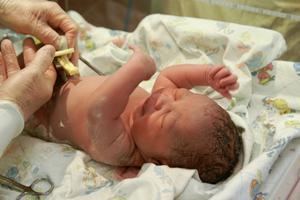
a. Immediate Care
Right after birth, your baby will be given an Apgar test. This test looks at the baby's heart rate, breathing, muscle tone, reflexes, and colour. A health care provider will give the baby a complete examination.
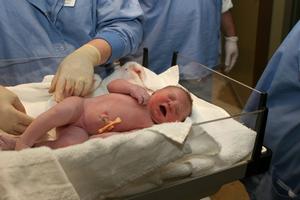
The law requires that ointment be put in your baby's eyes to protect against infection. This will be done soon after birth. This ointment can sometimes make your baby's eyes look puffy. Your baby will also be given an injection of vitamin K to prevent blood clots.
In most cases, your baby can remain skin-to-skin on your chest while these procedures are performed. Discuss these options with your health care provider.
e. When Something Goes Wrong with Your Baby
In most cases, babies are born healthy. However, even with all the medical progress, a baby may be born with an illness or abnormality. Very rarely, a baby may die after birth.
When something like this happens, the families are devastated. Many mothers feel guilty and blame themselves. Certain mothers fear that they have done something to cause the abnormality or death of their baby even though this is rarely the case.
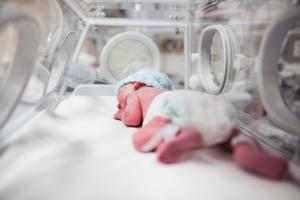
Parents who have a baby born with an abnormality or severe illness suffer a deep bereavement. They are in mourning of the child with whom they had hoped to share a normal life.
The loss is even more intense when the baby dies. This loss is hard to accept and it leaves the parents feeling profound sadness, shock, disbelief and anger. Mourning is essential to healing. It is through mourning that parents eventually get over this terrible loss. They need all the support they can get. No matter what your feelings are, do not hesitate to share them. Ask for help and accept the help offered to get through this difficult time.
d. Getting Attached
You have probably begun to bond with your baby before his or her birth. The father is equally capable of bonding with his child. We must, therefore, give him this opportunity during the first minutes after birth.
Certain people feel this bond for their baby immediately after birth while others get attached progressively. The difference is similar to love at first site and falling in love.
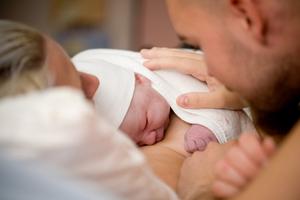
Here are a few tips to help develop a strong bond between you and your baby.
4. Vaginal Birth after a Cesarean
What about the next time?
If you had a cesarean birth, you may still be able to have a vaginal birth with future babies.
A vaginal birth after a cesarean is usually considered if
- your next pregnancy is uncomplicated.
- the incision runs from side to side rather than up and down.
- you are carrying only one baby.
- the reason for the previous cesarean doesn't happen again.
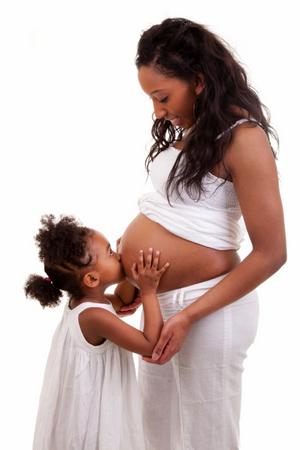
Even though a vaginal delivery after a cesarean is safe, there may be a small chance that the uterus could tear along the old incision during labour. Talk with your health care provider if you would like more information about a vaginal birth after a caesarean.
2. Care of Your Incision
For two to six days your incision will be covered with a dressing. During your stay at the hospital the nurse will clean and change your dressing. You will be able to shower the day after delivery. You can remove the dressing while you shower. . If you are not sure that you can take a shower, ask the nurse for help.
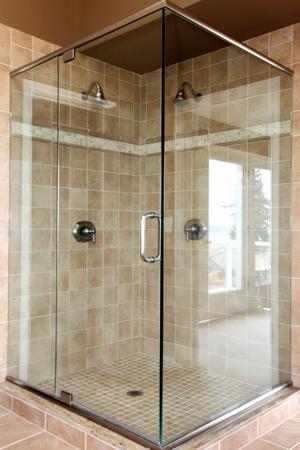
Depending on the kind of stitches in your incision, they will either dissolve or be removed a few days after the surgery. Some doctors use metal clips or staples to close the incision. These will also need to be removed a few days after surgery.
Your incision will be sore at first and, as it heals, may feel numb, itchy, tight, or tender. This is a normal part of healing.
Your health care provider will tell you how to take care of your incision after you leave the hospital. Usually, your incision won't require any special care after you go home.

During feedings, place a pillow between your baby and the incision. You will both be more comfortable.
3. Rest
After a cesarean birth, your body must recover from both childbirth and surgery. Give yourself time to regain your strength.
Rest is an important part of recovery. Try to rest when your baby sleeps. Accept help when it is offered. Limit visitors. Try putting a sign on your door - "Mother and Baby Are Sleeping."



